PHYSICS
NUCLEAR REACTION MECHANISM

To clarify and understand the nuclear reaction mechanism, which is a transition of quantum many-body system from initial state to final state is one of the most interesting subject for us. How quantum many-body system scatters? Which channels are essential? What kind of interactions cause the nuclear reaction?
In particular we are focusing on the role of continuum channels on transfer reactions. In the general transfer reaction, a(x+b) + A → b + B(x+A), the projectile a and the residual nucleus B could breakup to continua of its subsystem in the intermediate states. We treat the channel-couplings between these continuum states precisely.
UNBOUND STATES OF NUCLEI


Finite quantum many-nucleon system, which has no bound states (unbound nuclei), or which populates beyond the particle threshold (unbound-excited states) is observed as resonance states made by a dynamical process. Those unbound states may extend a concept of presence of nuclei or have new structure. We have studied the structure of unbound nuclear states via transfer reactions.
CLUSTER-INVESTIGATION VIA OBSERVABLES

The cluster structure develops on the peripheral region of wave functions. It will contribute on transfer reactions dominantly. Therefore we have simulated transfer cross sections using precise wave functions which are obtained by the Antisymmetrized molecular dynamics (AMD). This is the collaborative research with Kyoto University group.
In the left figure, for example, the wave function of the α-16O system in the final channel is calculated by using AMD. We can see not the spectroscopic factor of the α-16O system but the radial dependence of the wave function. This approach will reveal clustering phenomena qualitatively.
NUCLEAR ASTROPHYSICS

Several stellar reactions are difficult to experiment directly. Therefore indirect determination methods have been developed. At very low stellar energy, mainly the tail of wave functions (the asymptotic normalization coefficient; ANC) contributes to reaction rates. So far we have determined some ANCs using transfer reactions and breakup reactions.
APPROACH (DIRECT NUCLEAR REACTION THEORY)
COUPLED-CHANNELS BORN APPROXIMATION (CCBA) FOR TRANSFER REACTIONS
- Finite range or zero range integration and finite range correction for zero range approximation
- Coupled-channels calculation with continuum states (obtained by CDCC) for initial and final states simultaneously
CONTINUUM DISCRETIZED COUPLED-CHANNELS (CDCC) METHOD
- Including channel coupling between continuum states (both resonant and non-resonant) of projectile
- Describe not only elastic cross sections but also breakup cross sections precisely


